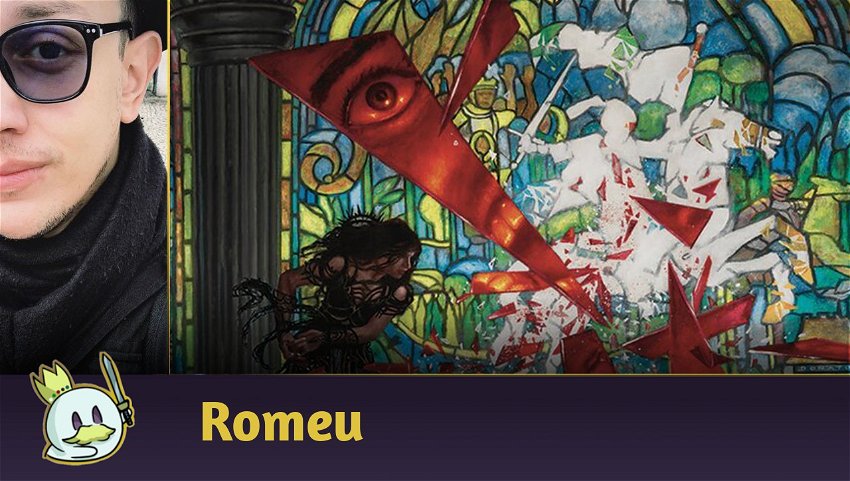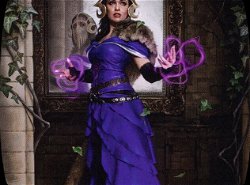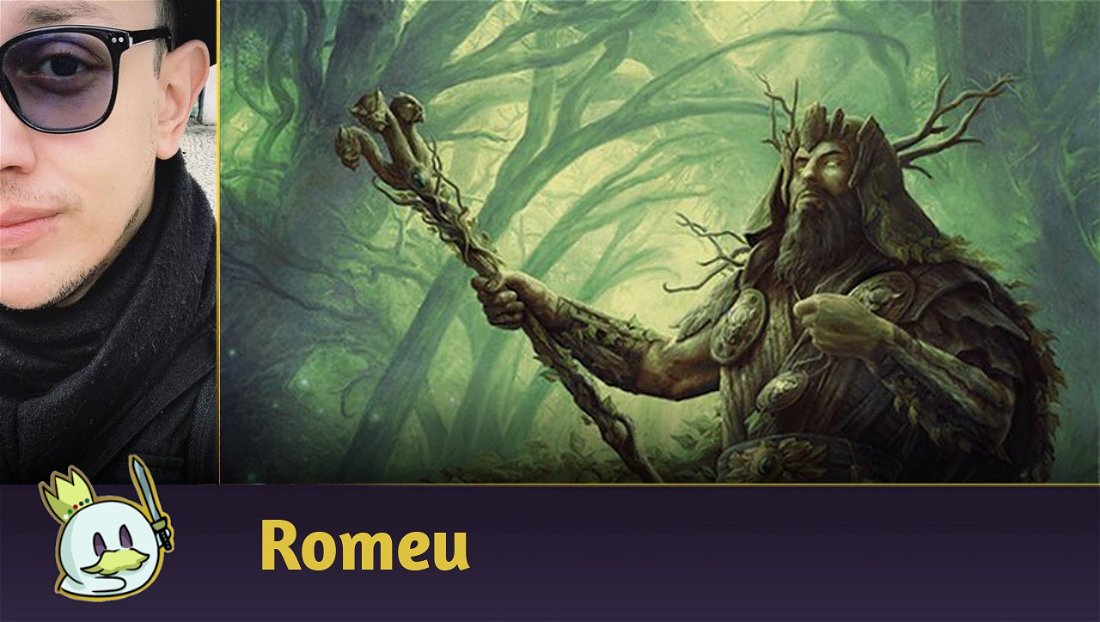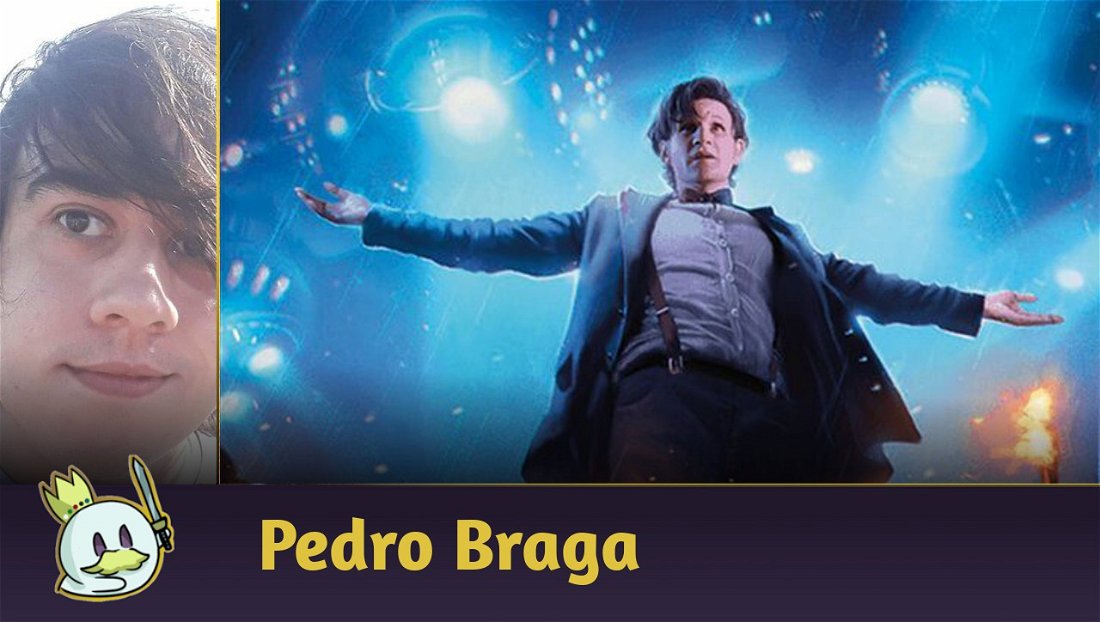While Murders at Karlov Manor appears to have brought substantial changes to other formats, the expansion had a relatively low impact on Pioneer if compared to previous sets (or maybe not that much now that we're seeing Rakdos Vampires) - its biggest winner was Niv-to-Light due to the abundance of multicolored cards available in the set.
But on the other side of the spectrum, another archetype has gained notoriety lately: the Mono Black Midrange, which runs the already well-established Mono Black core in Pioneer along with a dozen utility lands that give it more consistency.
In this article, we will dissect this deck and how it works against the current Metagame!
What is Mono Black Midrange?
As its name suggests, Mono Black Midrange is a monocolored archetype aimed at attrition, card advantage, and efficient trades.

This color has some of the best Pioneer cards available that make another strategy, Rakdos Midrange, so popular in the Metagame. However, giving up a second color allows for a more efficient use of utility lands, in addition to an increasing mana curve, with greater consistency in sequencing each of its drops until reaching the main reason to opt for this archetype: Invoke Despair.

Banned from Standard, Invoke Despair is one of the most powerful spells released in Magic recently, being comparable or, in some situations, even better than Cruel Ultimatum for a lower cost and easier to cast.
While this version doesn't produce the same results as the Rakdos variants, the Mono Black Midrange is a solid option for the Pioneer's current state, has the resources to handle almost any matchup between maindeck and sideboard, and even serves as an excellent starting point for players who, in the future, want to add red and move on to the more famous variant.
The Decklist
This list has a little bit of everything I believe is necessary for a more comprehensive Metagame that is not aimed at specific archetypes, being more focused on Magic Online Leagues.
Mono Black Midrange is very customizable, and none of its slots in the maindeck or sideboard are written in stone (except perhaps for staples like Fatal Push, Thoughtseize and Sheoldred, the Apocalypse).
So consider your options carefully when compared to the Metagame you expect: the more Aggro and go-wide there are, the less important Liliana of the Veil and Reckoner Bankbuster become in the maindeck and can make room for other options, such as The Meathook Massacre and Gifted Aetherborn. On the other hand, the more Midrange and Control are in your meta, the more efficient spells that offer card advantage and/or some added two-for-one value become.
Maindeck

Typically, we want between four and six two-drops to start the game. They don't usually generate value, but they can establish initial pressure and/or hold back the opponent's aggression.
Tenacious Underdog is a good way to start attacking in Control or Combo matchups, and also works as another resource in attrition games. It is common for it to be a target for Graveyard Trespasser.
Misery’s Shadow is an extra graveyard hate in the maindeck and a gigantic threat on its own when we exhaust the opponent's answers, forcing them to always block with a creature, or risk taking lethal damage in longer games.
Gifted Aetherborn is our standard blocker against Aggro and also protects us against Midrange. Its body is decent as an aggressor in the early turns, but doesn't provide any value in Control matchups.

Graveyard Trespasser is a classic staple in black-based Midrange and remains one of the best creatures in the format. It is a graveyard hate, clock, protects itself and even punishes players for not taking actions on their turns.
I've tested Preacher of the Schism several times and I can't imagine Mono Black Midrange without it until a more powerful card comes out in a future expansion: it's a card advantage if you're ahead, but it also offers excellent board extension when we are in the race, in addition to passing over Fiery Impulse, Strangle and Bloodtithe Harvester with just one Blood token, avoiding positive Tempo plays.

Sheoldred, the Apocalypse remains one of the biggest staples in Pioneer and the main threat in black Midranges. Putting her into play creates a warning signal to the opponent that they need to win before she takes over the game, or remove her from the battlefield as soon as possible.
Aclazotz, Deepest Betrayal interacts with Liliana of the Veil and its evasive body offers a good mix of clock and extra breath, in addition to being very resilient against other Midrange or Control.

Liliana of the Veil was once an eternal format pillar and is now a Pioneer staple. In addition to her interaction with Aclazotz, Deepest Betrayal, she depletes the opponent's resources and punishes them for putting one threat into play at a time - excellent against mirror Midranges and Control, terrible against Aggro and creature-based combos.
Reckoner Bankbuster is a necessity with the rise of Azorius Control and the permanence of Rakdos Midrange as one of the main decks in the format, being our source of card advantage and a safety valve for very long games.
Invoke Despair remains the main reason we play Mono Black on Pioneer. In addition to being an efficient three-for-one, it is our main answer against enchantments like Fable of the Mirror-Breaker and Enigmatic Incarnation.

Known as the best point discard of all time, Thoughtseize is mandatory in almost every archetype with black in Pioneer for its potential to significantly disrupt your opponent's game plan and/or help protect yours from removals and counterspells.
Fatal Push is the standard removal against Aggro and Abzan Amalia in Pioneer. Unfortunately, this version is unable to take advantage of its revolt as well as the Rakdos variants that use tokens and other means of triggering its ability, but it still works well as a one-mana interaction.
Bitter Triumph is our most comprehensive answer for a low cost, and three life or a card from the hand is a low cost to pay for its efficiency in dealing with creatures or Planeswalkers.
The End and Sheoldred’s Edict are extra answers for more specific situations, while working as well as the other cards in broader matchups.

One of the advantages of playing Mono Black is increasing the number of utility lands we can have.
Castle Locthwain is a classic of the archetype and one of our main sources of card advantage. Along with Sunken Citadel, its activation cost becomes negligible within a few turns.
Field of Ruin lets you deal with manlands and other utility lands in Pioneer. Like Castle Locthwain, using Sunken Citadel makes it much more beneficial for this list.
Urborg, Tomb of Yawgmoth ensures that even Field of Ruin can help pay the costs of Invoke Despair, as well as increasing the guarantee that Castle Locthwain comes into play untapped.
Hive of the Eye-Tyrant and Takenuma, Abandoned Mire are two staples of the format's mana base, and there is no reason not to run them as an extra threat with protection from sweepers and recursion tool.
Sideboard

The Meathook Massacre is a good sweeper against Aggro, but it also offers a good X-for-one effect in attrition games and makes interactions between Witch's Oven and Cauldron Familiar much less punishing.
Path of Peril is our standard sweeper against Boros Convoke, Humans, and even Abzan Amalia, and it handles the rise of Ensoul Artifact decks as well.
Ray of Enfeeblement is another slot against the archetypes above, in addition to doubling its role in destroying mana dorks and/or weakening the power of a larger creature to gain a turn against Gruul Aggro and the like.

Sheoldred’s Edict and The End come in as extra pieces in attrition games and/or where Planeswalkers are the primary targets. The End also works well against Abzan Amalia, Quintorius Kand and Greasefang, Okiba Boss.
Deadly Cover-Up is a slightly slow sweeper against Aggro, but its main function is to function as a means of gaining card advantage in attrition games, in addition to dealing with key pieces from specific archetypes.

Go Blank offers disruption and graveyard hate in one card. It's not as efficient as Unlicensed Hearse in this category, but its discard offers a bit more utility in other matchups, being useful from Izzet Phoenix to Lotus Combo.
Duress is our standard answer against Control and non-creature based combos, it can come in against Midrange if they tun more spells, but I don't like the idea of increasing the number of bad topdecks in these matchups.
Ashiok, Dream Render works as another graveyard hate while blocking Abzan Amalia, Lotus Combo, and Bring to Light's search abilities. One of the best possible plays is to cast it after removing an answer from the opponent's hand and/or after clearing the battlefield with a sweeper.
Damping Sphere is a necessity against Lotus Combo, given that we don't have enough speed to win the race, nor counterspells to hold the game while adopting a Tempo stance. It is also useful against Mono Green Devotion.
Sideboard Guide
Azorius Control
IN

OUT

Rakdos Midrange
IN

OUT

Izzet Phoenix
IN

OUT

Lotus Combo
IN

OUT

Niv to Light
IN

OUT

Boros Convoke
IN

OUT

Conclusion
That's all for today.
If you have any questions or suggestions, feel free to leave a comment.
Thanks for reading!














— Comments 0
, Reactions 1
Be the first to comment